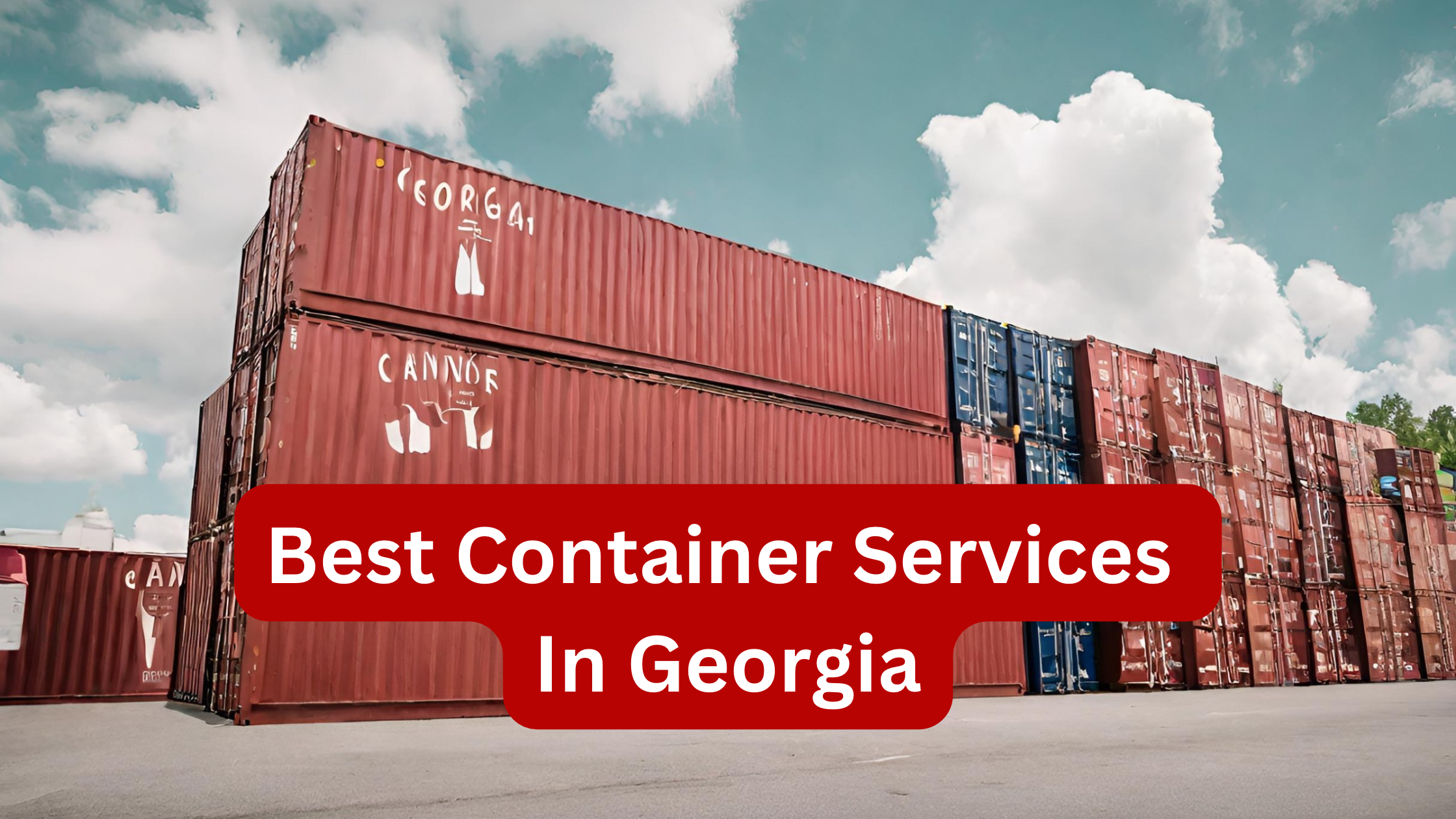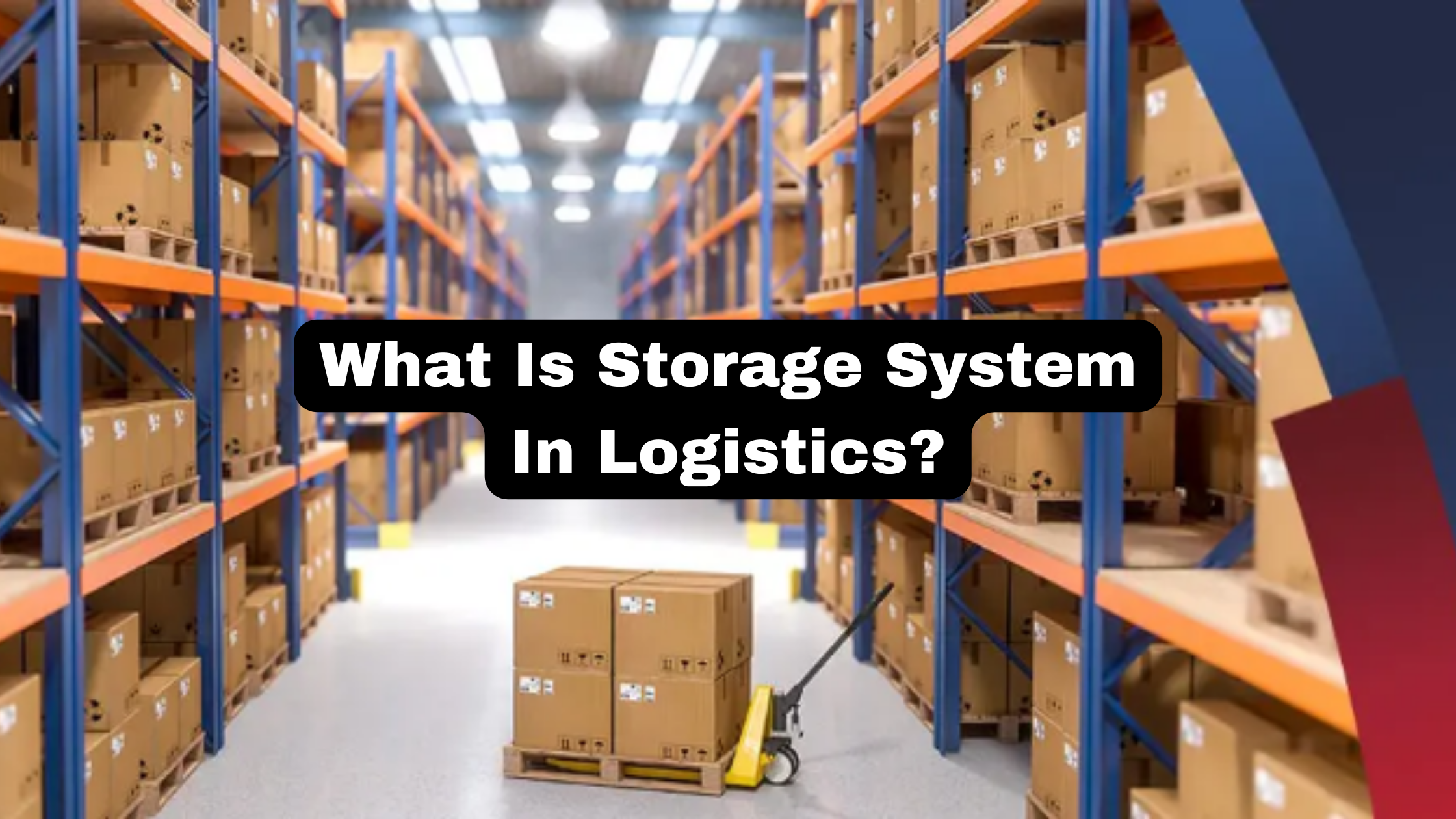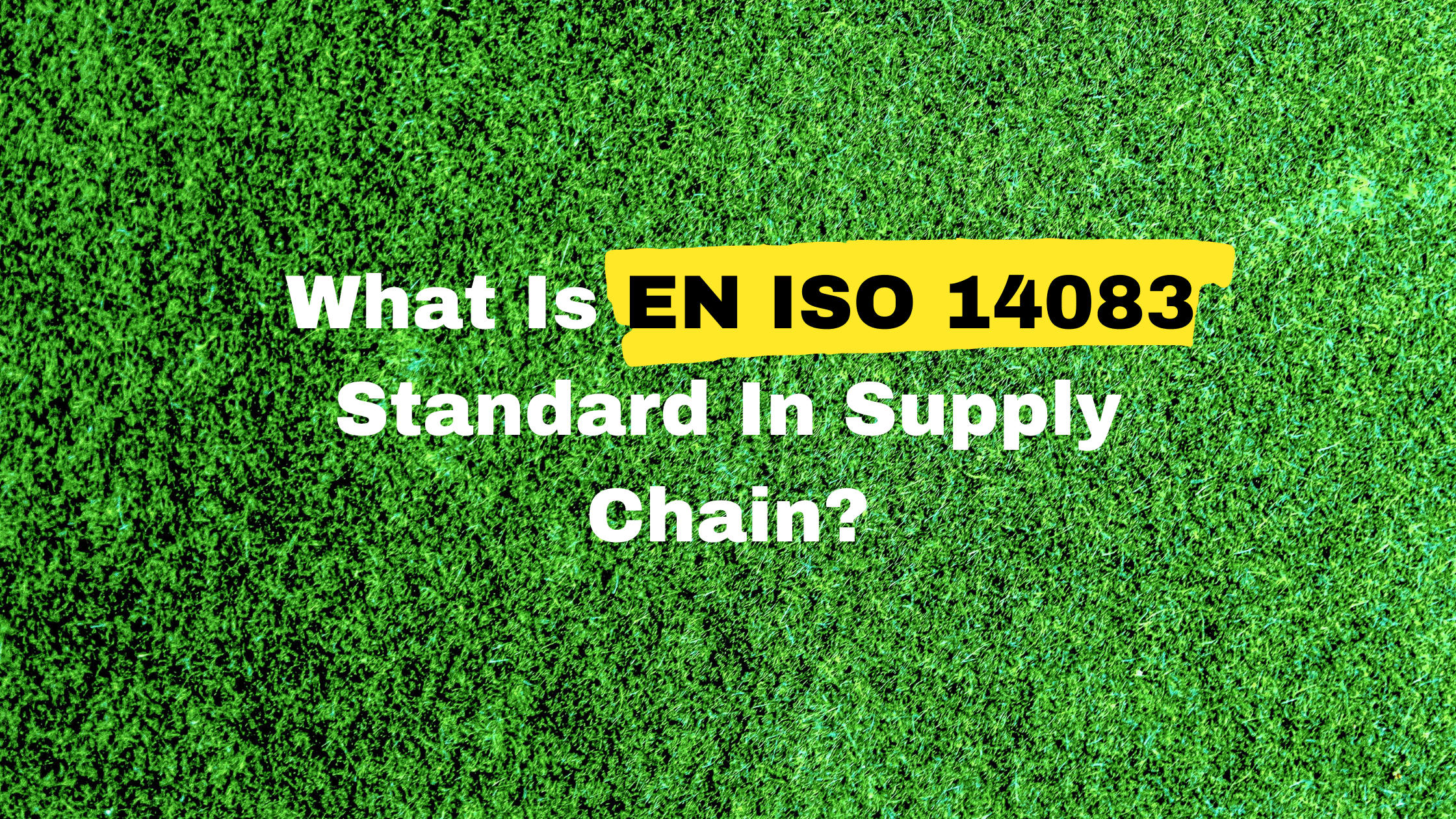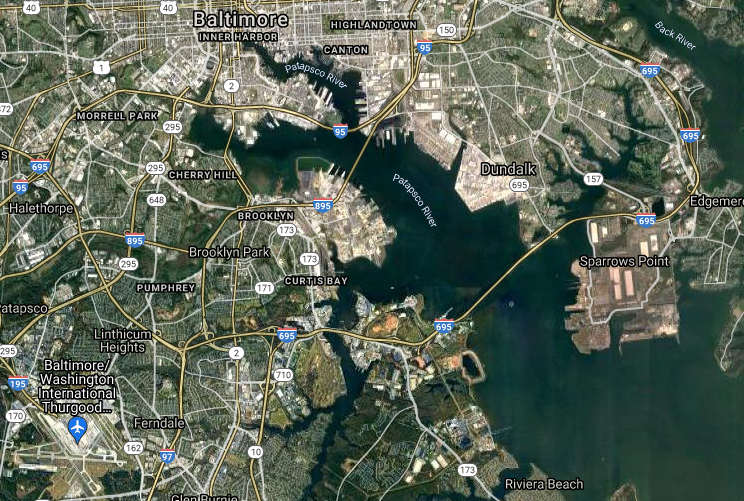Due to the possible hazards, transporting hazardous materials (hazmat) presents particular difficulties. Hazardous material shipments must be safe and secure to comply with regulations and protect the public.
Hazardous Transport Vehicle Tracking Systems have been more important in improving the monitoring, management, and traceability of hazardous shipments in recent years.
This article will examine the relevance of hazmat transport vehicle tracking systems, going in-depth into their characteristics, advantages, and function in hazardous transportation safety.
Enhanced Visibility and Real-time Monitoring
A Hazmat Transport Vehicle Tracking System provides real-time visibility into the location and movement of hazmat vehicles. GPS technology enables precise tracking, guaranteeing that authorized parties can keep track of the whereabouts of the cars at all times.
In crises or incidents, this visibility provides prompt reaction, enabling authorities to act immediately and reduce possible hazards.
Regulatory Compliance and Documentation
Regulations and paperwork requirements must be strictly followed while transporting hazardous items. Hazmat transport vehicle tracking systems simplify compliance by automatically capturing and saving crucial data, including shipment paperwork, manifests, and permits.
This minimizes the possibility of non-compliance and the accompanying fines by ensuring that the relevant documents are easily accessible.
Route Optimization and Geofencing
Hazmat Transport Vehicle Tracking Systems use intelligent route optimization algorithms to identify the fastest and safest routes for hazardous shipments. To guarantee the safest and fastest transit, these systems consider variables, including traffic conditions, road limitations, and proximity to important places.
When hazmat trucks divert from their intended routes or reach prohibited regions, geofencing features may be used to set precise virtual borders and generate alarms.
Incident Management and Emergency Response
Hazmat Transport Vehicle Tracking Systems facilitate quick incident management and emergency response during an accident, spill, or other hazmat-related incidents. Authorities and emergency responders can quickly locate the damaged vehicle, evaluate the situation, and start the necessary steps to reduce risks, safeguard the environment, and ensure public safety thanks to real-time tracking data.
Security and Anti-theft Measures
Hazmat shipments are frequently the target of theft, offering serious dangers in monetary losses and the possibility of abuse or injury brought on by unauthorized access to dangerous goods.
Security elements, including tamper-proof seals, immobilizers, and alarms that alert authorities in case of tampering or unauthorized entry attempts, are included in Hazmat Transport Vehicle Tracking Systems.
These procedures protect hazardous shipments from security breaches by discouraging theft and unauthorized entry.
Data Analytics and Reporting
Hazmat Transport Vehicle Tracking Systems offer useful data reporting and analytics tools. These systems provide insights to enhance operational efficiency, driver training, and compliance procedures by gathering and analyzing data relating to vehicle performance, driver behavior, route efficiency, and incident history.
The reporting capabilities also aid in producing incident reports, compliance reports, and historical data analyses for regulatory and auditing needs.
Integration with Other Systems
Integration with other supply chain management and logistics systems is essential to get the most out of hazmat transport vehicle tracking systems.
The continuous data flow and synchronization enabled by integration with fleet management systems, enterprise resource planning (ERP) software, and inventory management systems ensures accurate and thorough information throughout the hazardous transportation process.
Conclusion
Systems for tracking hazardous transport vehicles are essential for improving the shipments’ safety, security, and traceability.
These technologies considerably reduce hazards and improve the overall effectiveness of hazardous transportation by delivering real-time visibility, easing regulatory compliance, optimizing routes, facilitating incident management, and adding security features. Implementing
Hazmat Transport Vehicle Tracking Systems are crucial for ensuring environmental protection, public safety, and regulatory compliance, as transporting hazardous commodities remains a crucial component of global trade.







